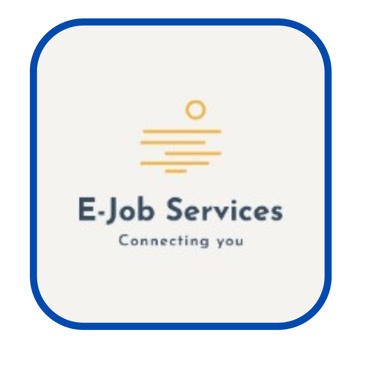🚫 The Hiring Bias Job Seekers Are Tired Of:- Breaking Down Coded Rejections and the Unspoken Gatekeeping
This article exposes the subtle language often used to mask bias in hiring decisions. We unpack 12 common “coded” rejection phrases, decode what they may really mean, and explore the impact of hidden bias on job seekers and diverse hiring contexts. With research-backed insights and practical tips, this article challenges hiring managers to re-evaluate how fairness and transparency show up in the recruitment process.
6/9/20253 min read


🚫 The Hiring Bias Job Seekers Are Tired Of
: Breaking Down Coded Rejections and the Unspoken Gatekeeping
💬 “We’ve decided to move forward with other candidates…”
It’s a phrase job seekers know too well. But often, what’s unspoken speaks volumes.
Behind the standard rejection email may lie unconscious bias, gatekeeping, or decisions based on non-transparent criteria that have little to do with qualifications.
Let’s talk about the hiring bias too many job seekers are tired of — and why it’s time to discuss it.
🧠 What Is Hiring Bias?
Hiring bias is when decisions are made — consciously or unconsciously — based on irrelevant or prejudiced factors rather than a candidate’s actual fit or capabilities.
It can show up as:
Preferring candidates with certain accents or appearances
Overlooking applicants from specific areas, schools, or cultural backgrounds
Judging “personality fit” over professional merit
Penalizing career gaps, older age, or non-linear job paths
🧩 The Problem with “Coded” Rejections
Hiring bias often hides behind vague phrases like:
Coded Phrase
What It May Actually Mean
"You're overqualified."
You might want more money, challenge our systems, or outshine leadership.
"We're looking for a better fit."
You don’t blend with our existing culture or unwritten social norms.
"We went with someone more aligned."
We hired someone who looks, sounds, or thinks more like us.
"We’re looking for someone more junior."
You're too experienced for the salary we’re offering.
"Your background is very diverse."
We’re unsure how to place you into our rigid structure.
"We’re prioritizing industry experience."
We don’t want to train or adapt — even if your skills are transferable.
"We had a high volume of candidates."
We didn’t seriously consider your application.
"We’ve paused hiring for now."
We’ve filled the role internally or changed the direction — without full transparency.
"You were a strong candidate, but..."
You weren’t who we envisioned for this role — often for subjective or unstated reasons.
"We’re pursuing internal candidates."
We already had someone in mind but needed to interview externally to meet policy.
"We don’t think you’d be challenged."
We fear you’ll get bored, leave quickly, or ask tough questions.
"You didn’t seem enthusiastic enough."
You didn’t perform emotional labour or overly sell yourself to match our unspoken expectations.
These phrases offer no actionable feedback and often leave job seekers stuck in a loop of rejection with no real insight.
📊 What the Research Says
According to a Harvard Business Review study, applicants with “ethnic-sounding” names receive 50% fewer callbacks.
The Caribbean HR Review (2022) found that 48% of job seekers believe hiring in the region is more about “who you know” than merit.
Women, older professionals, and career switchers face higher rejection rates even with equivalent or better qualifications.
💡 How Employers Can Do Better
✅ Use structured interviews — Ask all candidates the same core questions.
✅ Remove identifiers in screening — such as name, age, address, or school where possible.
✅ Focus on skills, not background — Create assessments tied to the role.
✅ Be honest about rejections — Offer useful, human-centred feedback.
✅ Diversify hiring panels — Avoid “groupthink” by including varied perspectives.
🙋🏽♀️ For Job Seekers: Know This
You’re not imagining it.
Hiring bias is real — and it’s exhausting. But the issue may not lie with you.
🔹 Build your brand anyway.
🔹 Apply anyway.
🔹 Speak up when you can.
🔹 Document and ask for feedback when rejected.
And remember: being overlooked doesn’t mean you’re underqualified.
✊Concluding Thoughts
The hiring process should be a bridge — not a wall.
It’s time to break down coded rejections and build better hiring systems that reflect fairness, inclusivity, and transparency.
Because talent shouldn’t have to fit a mold to be recognized.
📌 Coming Soon on E-Job Info Corner:
✔️ How to Recognize Hiring Bias in Your Organisation
✔️ Interview Tips That Help You Stand Out (Without Code-Switching)
✔️ Tools for Building an Inclusive Hiring Culture
